A Beauty Who Captivated the World
There are actresses who shine briefly, and then there are those who leave a glow that lingers for generations. Dawn Addams was one of the latter. With her delicate features, radiant smile, and undeniable presence, she lit up Hollywood screens during the golden age of cinema. But Dawn’s story was more than Hollywood glamour—it was a real-life fairy tale. Beyond the studios and sound stages, she became a royal princess, adding another dazzling chapter to her extraordinary life. Her journey combined elegance, artistry, resilience, and a touch of destiny, making her a figure who still fascinates film lovers today.
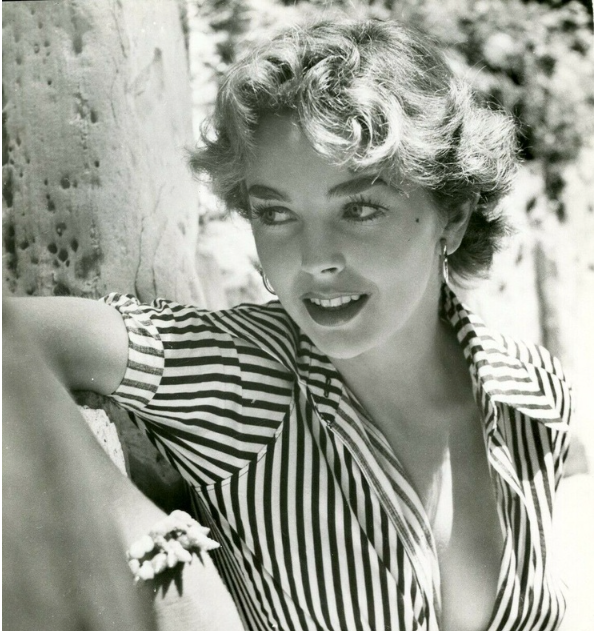
Early Life: A Childhood of Change and Challenge
Victoria Dawn Addams was born on September 21, 1930, in Felixstowe, Suffolk, England. Her father, Captain James Ramage Addams, served in the Royal Air Force, which meant her childhood was anything but ordinary. Dawn’s early years were marked by constant movement—across England, India, and eventually to California. She was exposed to different cultures, environments, and ways of life, all of which gave her a broad worldview and a natural adaptability.
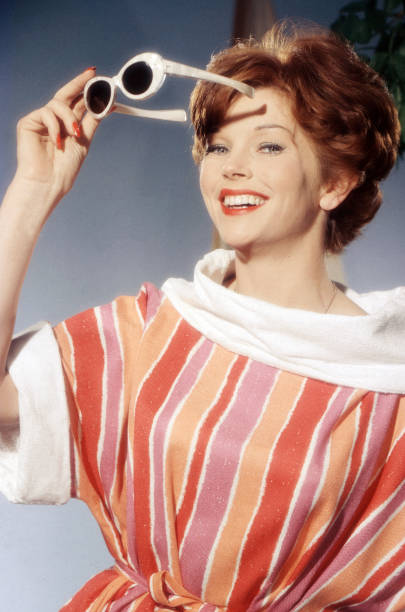
The biggest challenge of her youth came with the loss of her mother, Ethel Mary Hickie. This tragedy forced Dawn to grow up quickly and build resilience. Imagine a young girl navigating the pain of loss while moving between countries, yet still managing to carry herself with poise and grace. That strength became one of her defining traits later in life. Even in her teenage years, her striking beauty and elegance caught attention, setting her on the path to stardom.
Video : DAWN ADDAMS TRIBUTE
The Rise of a Hollywood Star
By 1950, Dawn’s destiny began to unfold. At the age of 20, she signed a seven-year contract with MGM, one of the most powerful studios of the time. Her first role came in Night into Morning (1951), a modest debut that introduced her talent to audiences. Within a year, she was appearing in films that are now considered classics.
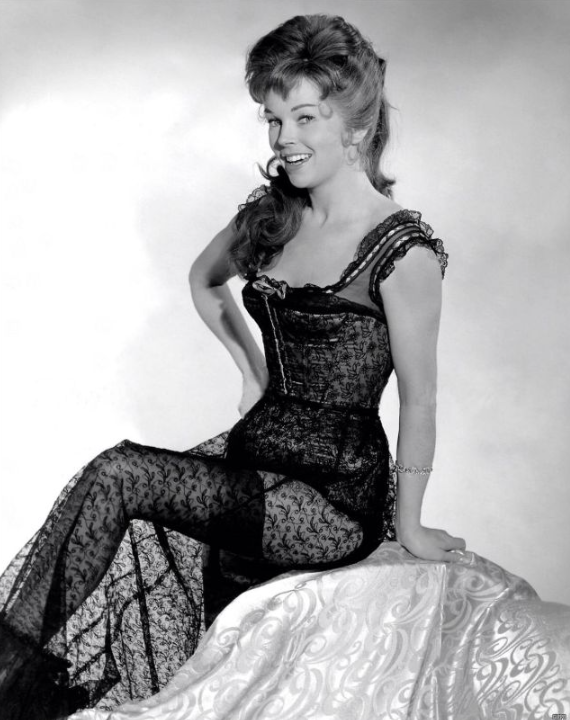
In Singin’ in the Rain (1952), Dawn had a small but memorable part in one of Hollywood’s most beloved musicals. That same year, she starred in Plymouth Adventure alongside Spencer Tracy, playing Priscilla Mullins in a grand historical drama. By 1953, she was cast in Young Bess, further cementing her place among Hollywood’s rising stars.
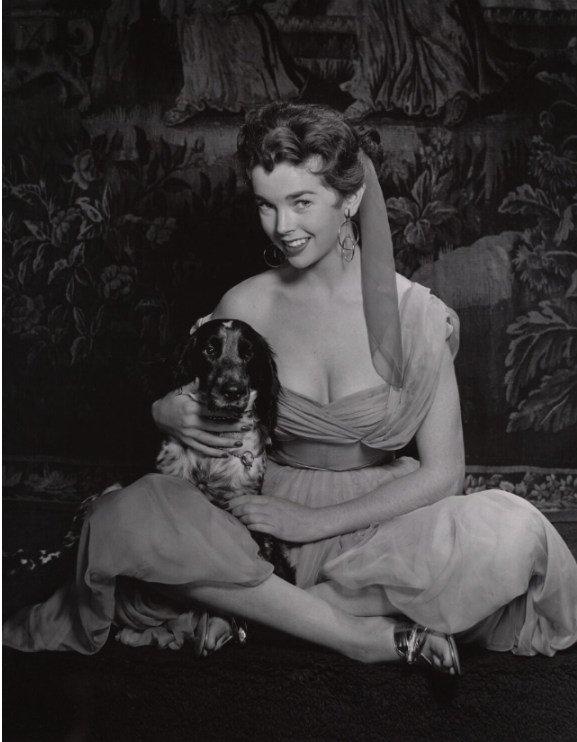
But her career-defining moment came with The Moon Is Blue (1953), directed by Otto Preminger. The film pushed boundaries by using words like “virgin” and “mistress,” sparking controversy and helping dismantle Hollywood’s strict censorship codes. Dawn’s performance as David Niven’s daughter drew praise and attention, proving she had both beauty and talent.
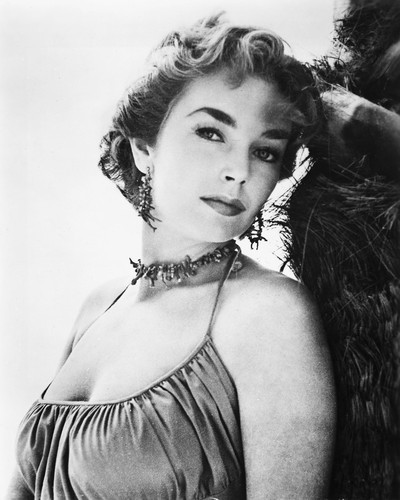
Over the next few years, she showed her versatility, starring in the science-fiction film Riders to the Stars (1954) and sharing the screen with Charlie Chaplin in his final starring role, A King in New York (1957). To act alongside Chaplin was the dream of many, and Dawn lived it. Her ability to move seamlessly between genres—romance, drama, comedy, and even sci-fi—made her one of the most adaptable actresses of the 1950s.
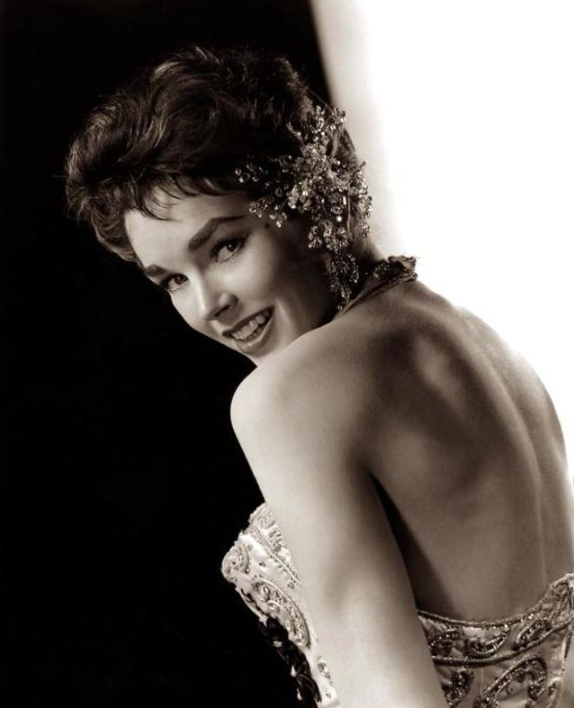
A Real-Life Fairy Tale: From Actress to Princess
As dazzling as her film career was, Dawn Addams’ personal life brought her even more headlines. In 1954, she married Don Vittorio Emanuele Massimo, Prince of Roccasecca. With that marriage, she became a real-life princess. Their wedding was a grand event, featured on the cover of Life magazine and attended by stars like Charlie and Oona Chaplin.
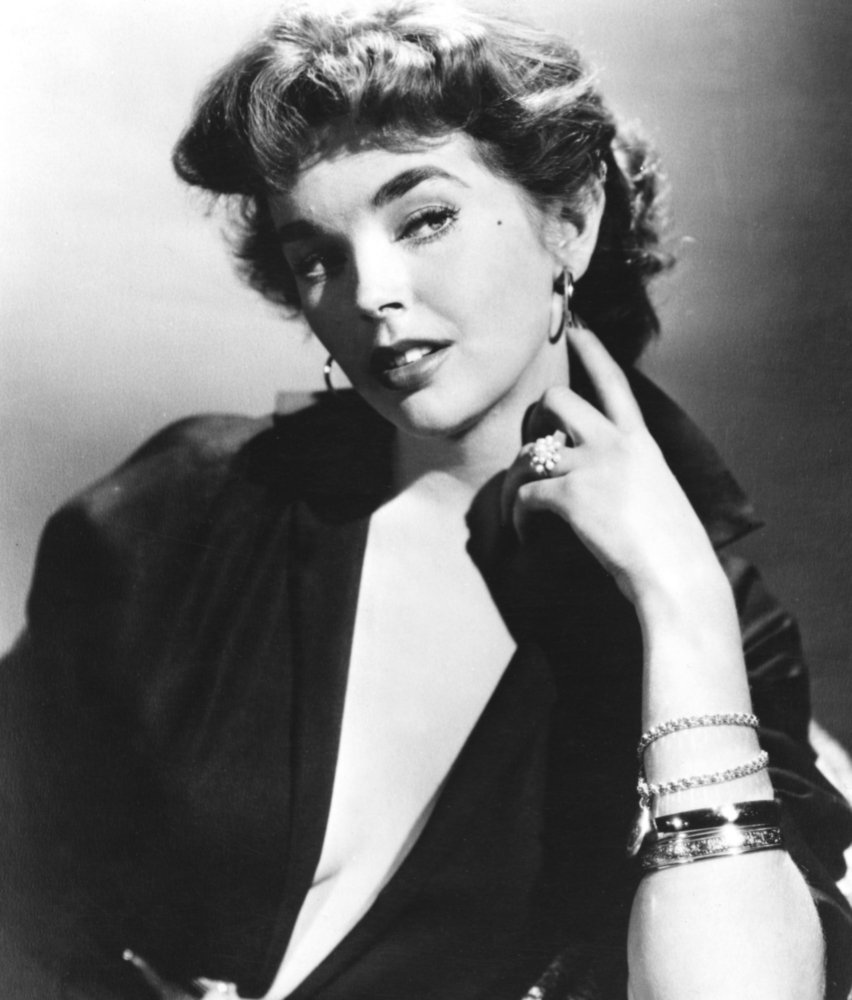
The image of Dawn, radiant in her wedding gown, stepping into aristocracy, captivated the public. For many, she embodied the dream of Hollywood glamour merging with royal grace. In 1955, she gave birth to their son, Prince Stefano Massimo, a new chapter that blended her roles as both mother and princess.
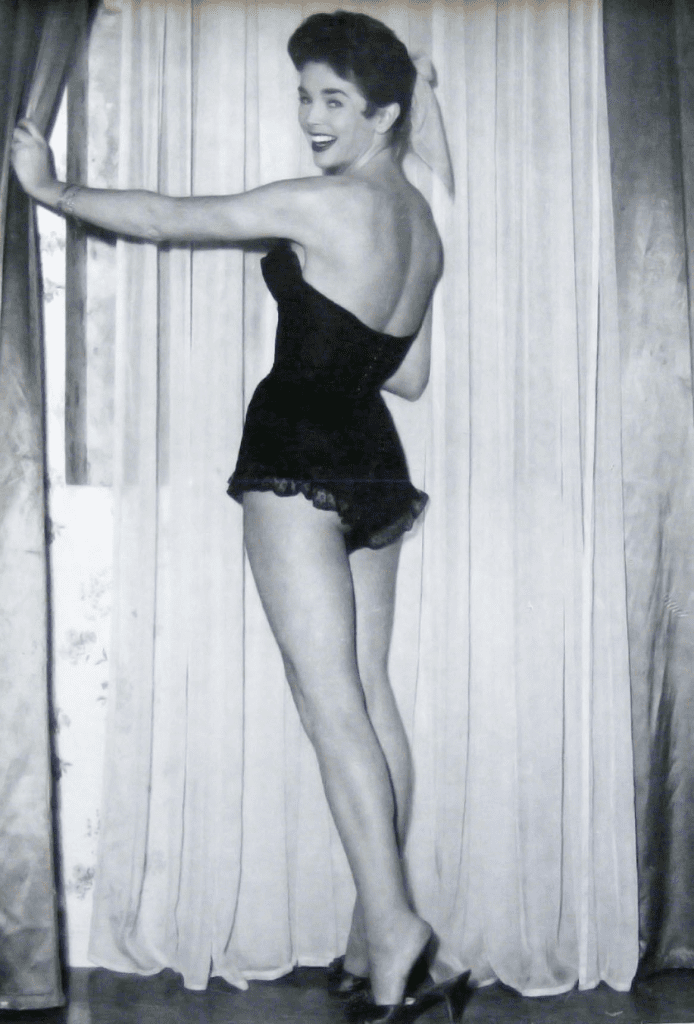
However, not all fairy tales last forever. By 1958, the marriage had begun to crumble, and in 1971, the divorce was finalized. Despite the separation, Dawn remained forever linked to her royal title, carrying the aura of a princess even after she returned to her career.
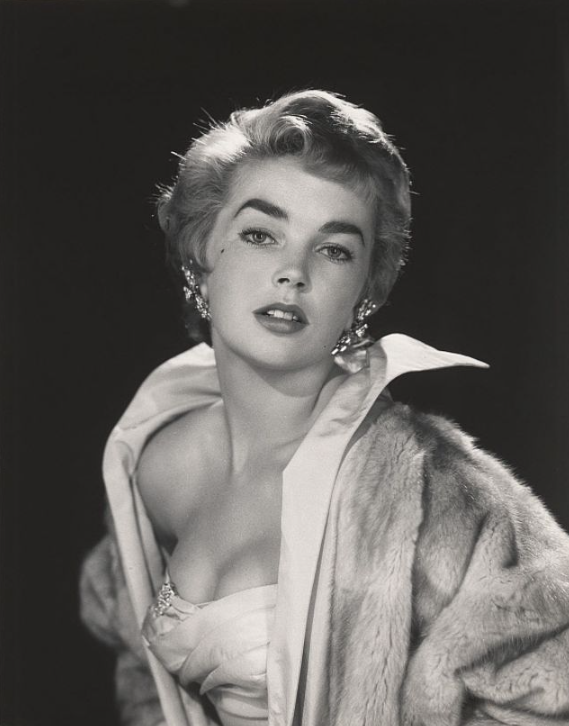
Shifting to Television and European Cinema
As the 1950s faded into the 1960s, Dawn transitioned from Hollywood films to British television and European productions. Her adaptability once again shined. She became a familiar face on British TV, appearing in popular shows like The Saint, starring opposite Roger Moore. She also guest-starred in Danger Man and played a recurring role in the sitcom Father, Dear Father (1971–1973).
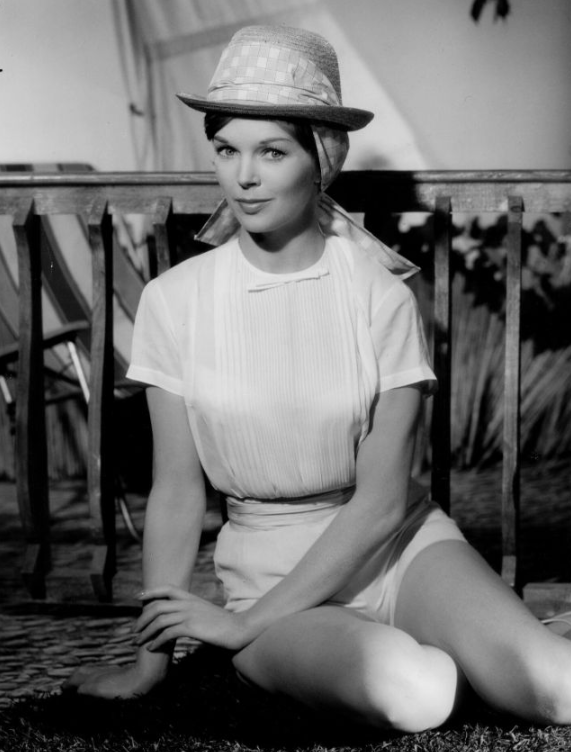
Her willingness to explore diverse roles extended into the 1970s, when she appeared in the cult sci-fi series Star Maidens (1977). It was an unusual project, but Dawn approached it with the same elegance she brought to her earlier Hollywood films.
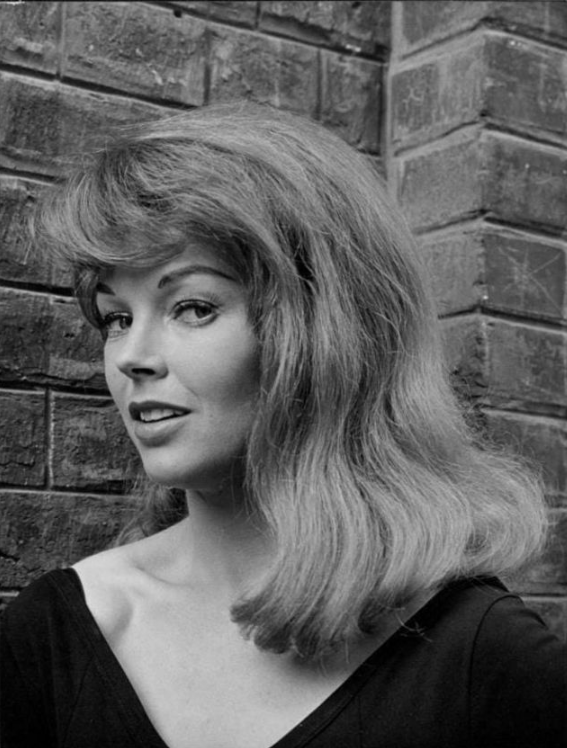
In European cinema, she collaborated with notable directors. Fritz Lang cast her in The 1,000 Eyes of Dr. Mabuse (1960), a thriller that showed her dramatic range. She also ventured into gothic horror, appearing in The Vampire Lovers (1970) and The Vault of Horror (1973). While these films didn’t have the prestige of her MGM days, they demonstrated her fearless approach to acting.
Video : Movie Legends – Dawn Adams
Later Years: A Life Beyond the Spotlight
By the early 1980s, Dawn chose to retire from acting. In 1974, she had married businessman Jimmy White, and together they built a quieter, more private life. They lived in Malta for many years, with additional time spent in Florida and Europe.
Her final television role came in Triangle (1981–1983), a soap opera set on a ferry crossing between Felixstowe, Gothenburg, and Amsterdam. It was a fitting end to her career, tying her back to her English roots.
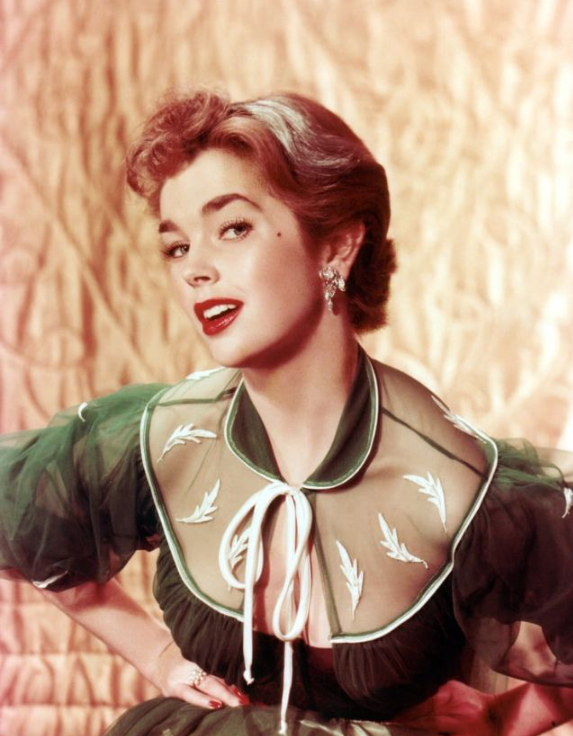
Sadly, Dawn Addams’ life was cut short. On May 7, 1985, she passed away in London at the age of 54 after a battle with lung cancer. A heavy smoker for much of her life, she faced her illness with the same quiet resilience that had defined her. Her death came far too early, but she left behind a legacy of grace, beauty, and unforgettable performances.
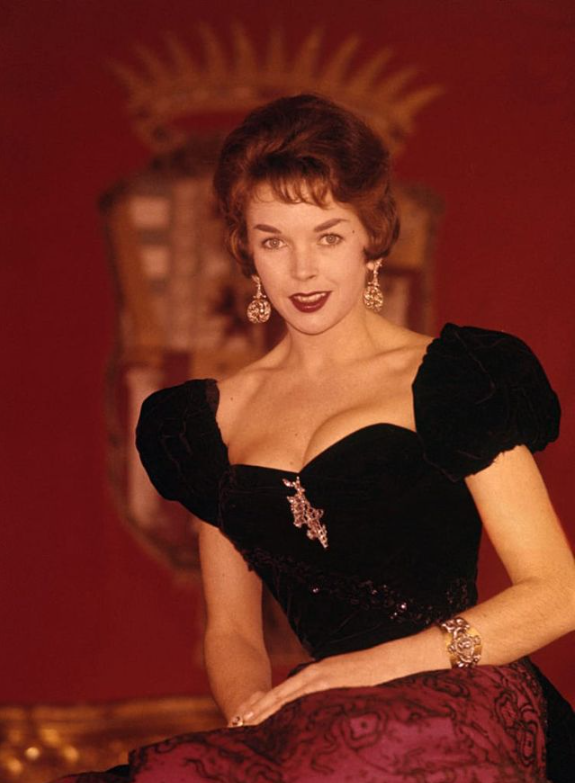
Legacy: A Star Who Lives On
Dawn Addams’ life was a remarkable blend of Hollywood magic and real-world royalty. From her childhood spent crossing continents, to her rise as a leading lady at MGM, to her transformation into a princess, she embodied glamour and resilience in equal measure.
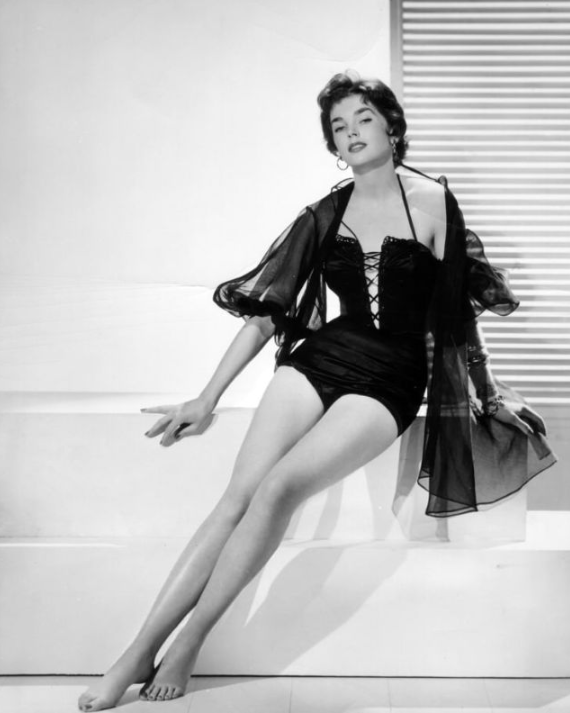
Her legacy endures through her films, television work, and the memory of a woman who never allowed herself to be defined by just one role. Whether as an actress, a princess, or simply a woman navigating life’s triumphs and struggles, Dawn Addams continues to inspire admiration.
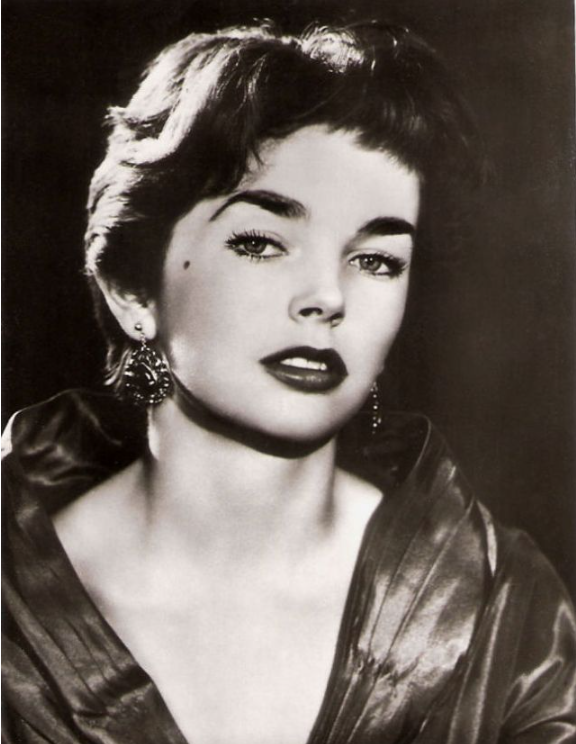
Conclusion
Dawn Addams was more than just a beautiful actress—she was a symbol of elegance, adaptability, and courage. She dazzled audiences in classics like Singin’ in the Rain and The Moon Is Blue, broke barriers with daring roles, and lived a fairy tale as a princess. Though her life ended too soon, her story remains unforgettable. Dawn Addams’ journey reminds us that true stars shine far beyond the screen, leaving behind a light that continues to sparkle through time.